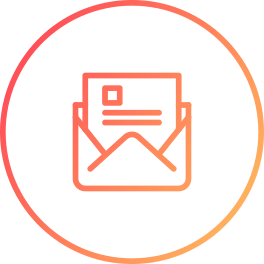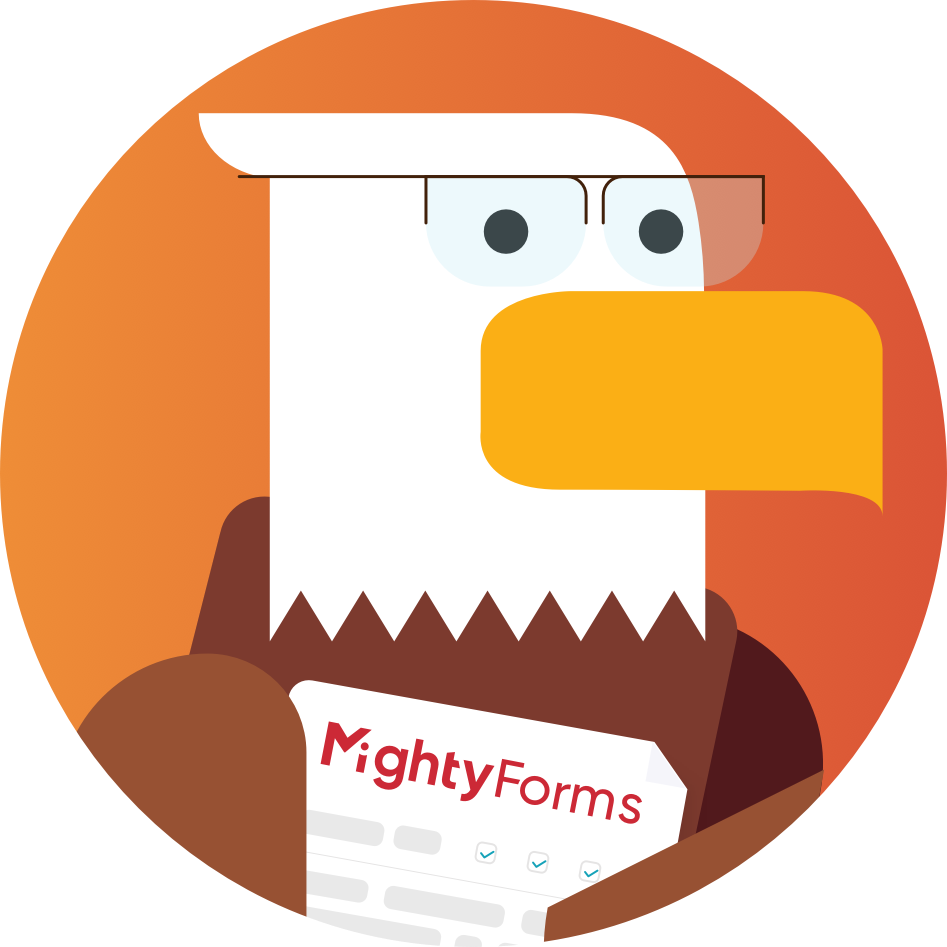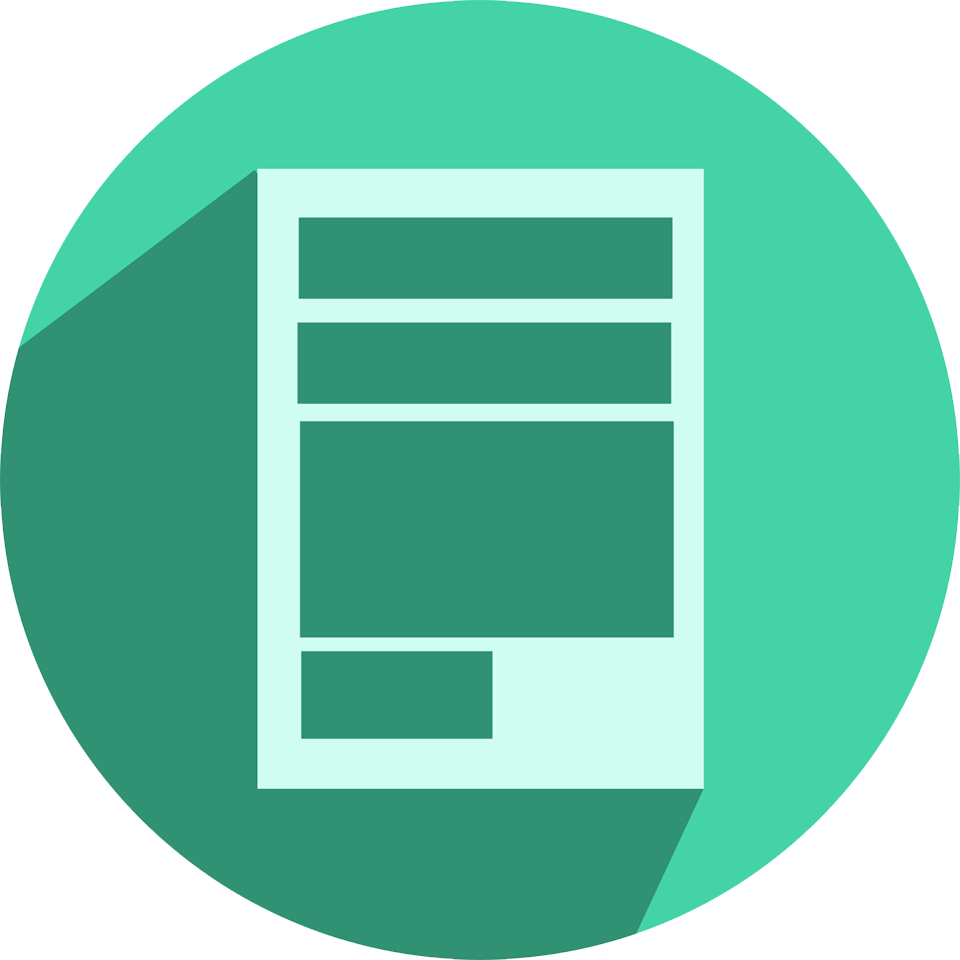FormToEmail
Connect FormToEmail with Webflow to send form submissions directly to any email address.

How to integrate FormToEmail with Webflow
Webflow's native form handling sends submissions to a single email address. If you need multi-recipient routing, autoresponders, or advanced spam filtering, you'll need additional tools.
Connect Webflow forms to email services through automation platforms for quick setup, embed FormToEmail scripts for exported sites, use Gmail filters for simple routing, or build custom workflows with APIs.
Use automation platforms
Connect Webflow forms to email using Zapier or Make without writing code. This method works with Webflow hosting and gives you the most flexibility for routing and customization.
With Zapier:
- Create forms in Webflow using the form element
- Connect your Webflow account to Zapier
- Set up a Zap with "New Form Submission" as the trigger
- Add an email action to send formatted messages to any address
- Map form fields to email content dynamically
This approach handles multi-recipient routing based on form selections, autoresponders to form submitters, conditional logic for different email templates, and integration with 5,000+ apps beyond email.
This maintains Webflow's native form handling while adding email customization and routing through automation platforms.
Embed FormToEmail scripts
For exported Webflow sites or when you need direct FormToEmail features, embed their processing script directly.
Export your Webflow site code, then modify form action attributes to point to FormToEmail's script URL. Add hidden fields for configuration using the following code:
<input type="hidden" name="to" value="your@email.com">
<input type="hidden" name="redirect" value="/thank-you">
Upload the modified site to PHP-enabled hosting.
Note: FormToEmail requires server-side PHP processing, so standard HTML hosting (like Netlify or GitHub Pages) won't work with this method.
This method gives you no monthly fees beyond hosting costs, complete data control on your own server, advanced spam protection through FormToEmail Pro, and custom validation and processing logic.
Note: This method requires exporting from Webflow and self-hosting, making it suitable for developers or those comfortable with basic HTML editing.
Use Gmail filters
For simple multi-recipient routing without external tools, use Gmail's filtering system with Webflow's native forms.
Set all Webflow forms to send to a dedicated Gmail address, then use form name variables in subject lines like {{formName}}. Create Gmail filters to forward emails based on subject patterns and configure automatic forwarding to team members.
This method works for low-volume forms but isn't suitable for business-critical applications due to Gmail's daily sending limits (500 emails per day for free accounts) and lack of real-time processing. For high-volume form routing, use automation platforms instead.
When to use this method:
- Small teams with consistent routing needs
- Budget-conscious projects avoiding automation tools
- Simple departmental distribution (sales, support, etc.)
Build with Webflow and FormToEmail APIs
Integrating FormToEmail and Webflow through APIs enables custom workflows, data validation, and CRM synchronization. This approach requires server-side implementation but offers maximum control over form processing.
FormToEmail's processing endpoints accept POST requests with form data, while Webflow's API enables programmatic access to form submissions. Combining both creates powerful automation possibilities.
This gives you real-time data processing and validation, multi-step workflows with conditional logic, integration with business systems, and custom email formatting and attachments.
Process form submissions programmatically
Build custom submission handlers using FormToEmail's processing endpoint:
- Set up webhook receiver — Create serverless function to catch Webflow form submissions via webhook configuration
- Process and validate — Apply business logic, sanitize inputs, and enrich data before forwarding
- Send via FormToEmail —
POSTprocessed data to FormToEmail's endpoint with required parameters like to, subject, and form fields
This enables dynamic recipient selection based on form content, data transformation, and integration with multiple systems simultaneously.
Sync submissions to CMS
Automatically create Webflow CMS items from form submissions while sending email notifications:
- Configure forms endpoint: Use Webflow's Forms API to list forms and retrieve submissions programmatically
- Map to CMS fields: Transform form data to match your collection schema
- Dual delivery: Send to both FormToEmail for notifications and Webflow CMS for record keeping
This works well for lead databases, testimonial collections, or any scenario requiring both immediate notification and long-term storage.
What you can build
Integrating FormToEmail with Webflow enables powerful form-handling capabilities for any website type.
- Lead generation systems: Capture prospect information with instant sales team notification, automated follow-ups, and CRM integration for nurturing campaigns
- Multi-department contact routing: Build intelligent forms that route inquiries to sales, support, or billing based on selections, with department-specific email templates
- Event registration portals: Process event signups with confirmation emails to attendees, notification to organizers, and automatic calendar invitations
- Customer feedback loops: Collect testimonials and feedback that trigger thank-you emails while populating a reviews CMS collection for display on your site
Frequently asked questions
Since Webflow hosting doesn't support custom form actions, use Zapier or Make to bridge the gap. In Webflow, create your form normally, then set up an automation that triggers on form submission and sends emails through your preferred service. This maintains Webflow hosting benefits while adding FormToEmail-like functionality.
Webflow includes basic spam protection, but you can enhance it. Add reCAPTCHA through custom code, use honeypot fields, or leverage FormToEmail Pro's advanced spam filtering. When using automation tools, add filtering steps to detect and block suspicious submissions before email delivery.
Webflow doesn't natively support autoresponders, but FormToEmail and automation tools do. With Zapier or Make, add an email action using the submitter's email field. FormToEmail Pro includes autoresponder functionality when using their script. This feature is essential for confirmations, thank-you messages, and building trust with users who expect immediate acknowledgment.

Description
FormToEmail is a hosted form processing service that captures website form submissions and forwards them to designated email addresses. It offers secure data handling, spam protection, and cloud backup options for businesses of all sizes.
This integration page is provided for informational and convenience purposes only.

MightyForms
Connect MightyForms' advanced form builder to your Webflow site for powerful data collection, automation, and payment processing — no coding required.

Mailchimp Forms
Connect Mailchimp Forms with Webflow to capture leads and grow your email list through native form integration.
JotForm
Connect Jotform's powerful form builder with Webflow to create advanced forms with payment processing, file uploads, and automated workflows. Collect submissions that automatically create CMS items, sync data in real-time, and extend beyond Webflow's native form limitations.

Jinglebell
Jinglebell brings you an intuitive module to fully integrate your Webflow-designed forms.

Getform
Connect Getform with Webflow to process form submissions without building backend infrastructure.

FormBucket
Capture, protect, store, and automate form submissions.

Formstack
Connect Formstack with Webflow to get conditional form logic, HIPAA compliance, payment processing, and automated data sync between form submissions and CMS collections.

Formcarry
Connect your Webflow forms to Formcarry's powerful form backend service. Handle submissions, automate workflows, and maintain GDPR compliance — whether your site is hosted on Webflow or exported elsewhere.

Formspree
Redirect your form submissions to your email. Use Formspree for testing and development with unlimited projects and forms, limited to 50 submissions/mo.


